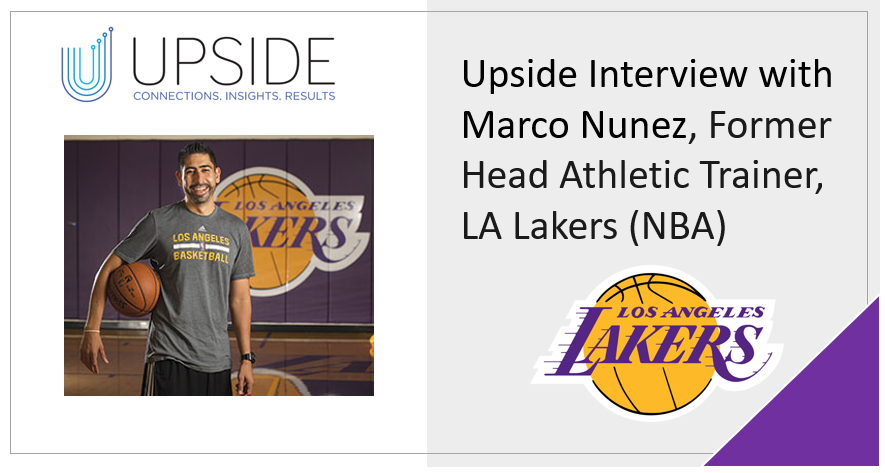This week we had the honor to interview Marco Nunez, the former Head Athletic Trainer for the LA Lakers (NBA). Marco worked for the LA Lakers for 8 years. ? Show Notes: Through this interview, we touched on his background, the role that he played at the LA Lakers, the…
Share This Story, Choose Your Platform!
Total reviews
Persons recommended this product
Anonymous
Shopper
check_circle Verified
Shop owner replied
Anonymous
Shopper
check_circle Verified
Shop owner replied
Thanks for your review!
Your feedback helps us improve our service.
There are no reviews yet.
Be the first to review “ ”
Please log in to submit a review.
Don't have an account? Register here .
Only logged in customers who have purchased this product may leave a review



